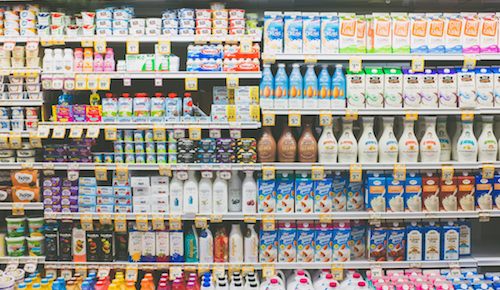
Thirteen liters of water to produce a tomato (70g), 40 liters for a slice of bread (30g), 70 liters for an apple (100g) up to 500 liters for a piece of cheese, 860 liters for a piece of chocolate (50 g) or 2400 liters for a hamburger (150 g). Water, but also CO2 emissions (carbon footprint) and land and resources use: What’s the environmental impact of our foodstuffs choices? What’s behind the food we eat? Maria Vincenza Chiriacò, CMCC researcher at IAFES – Impacts on Agriculture, Forest and Ecosystem Services tried to answers to these questions during the event Fake news e bufale nelle etichette alimentari – Il grande inganno del “senza”, on March 21, 2019. The event was the opportunity to discuss on how food impacts on human health, including environmental impact. In addition to CMCC researcher Chiriacò, other speakers were On. Beatrice Lorenzin, Prof. Pietro Paganini, John Cabot University, Prof. Franco Casali, Centro Studi e Ricerche “Enrico Fermi” and Giacomo Bandini, Competere – Policies for sustainable development.
CMCC researcher Chiriacò illustrated the environmental impacts of food and in particular the risks associated with foodstuffs “without”, such as palm oil-free food. “Science provides some indices, such as carbon footprint, water footprint and ecological footprint” researcher M.V. Chiriacò explains, “to assess the environmental impacts of food by means of the so-called Life Cycle Assessment (LCA) methodology, a technique for assessing the environmental aspects associated with a product over its life cycle. Unfortunately, the consumer is still not well informed as such information doesn’t usually appear on food labels”. Read more here (the news in Italian).


